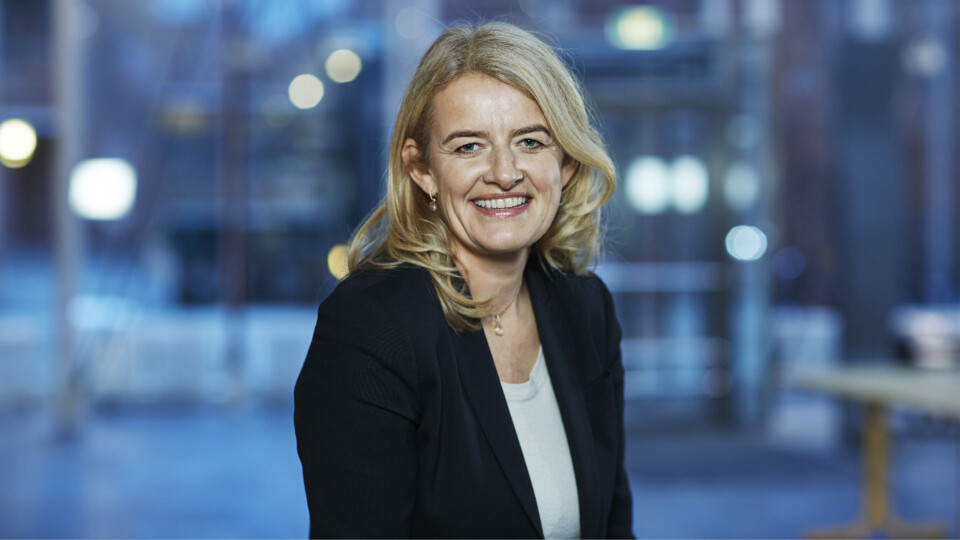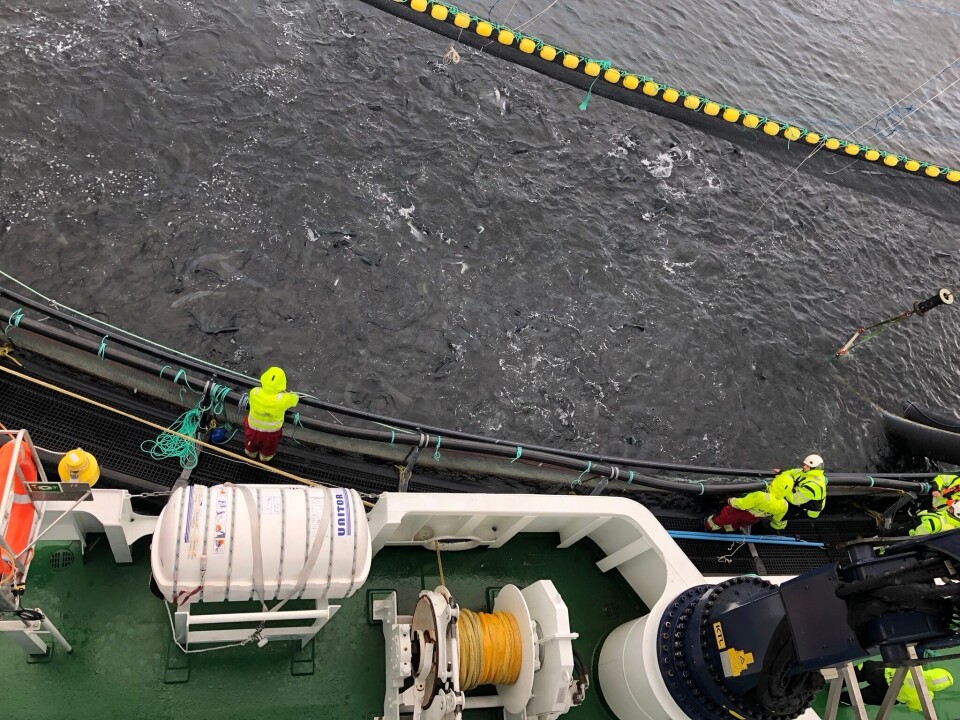
Thermal delousing allowed to continue in Norway
The Norwegian Food Safety Authority (Mattilsynet) has given its approval for thermal delousing of salmon to continue but stressed that more effort must go into keeping lice levels low to reduce the need for all types of non-medicinal treatments.
The water used in thermal treatment is usually between 28 and 34°C. Following studies that showed salmon exposed to water temperatures above 28°C are likely to feel pain, Mattilsynet concluded in 2019 that thermal delousing should be phased out within two years unless new knowledge indicated that the method could be used in a fish welfare-sound manner.
The authority today said it will follow up on the consequences of lice treatment for fish, and that this means that it will be possible to use thermal treatment against salmon lice if the effect against lice is good and the treatment is carried out in a responsible manner.

Improved welfare
“The purpose of the two-year period was to give the aquaculture industry time to solve the welfare challenges and adjust,” Mattilsynet announced.
“During the two-year period, the fish farming industry has worked to optimise the method, improve welfare and reduce mortality.”
The authority said several research projects have been initiated under the auspices of both the industry and the research communities to obtain more documentation on, among other things, the use of hot water and the fish’s experience of pain, but that results from the projects are not ready yet.
It said the salmon industry must continue its work both to improve the thermal delousing method to ensure sound fish welfare, and to map whether the method has the necessary effect on salmon lice.
Prevention preferred
“Prevention is always more important than treatment. Good operation reduces the welfare challenges for the fish and reduces the need for lice treatment, including e.g. thermal delousing.”
Mattilsynet chief executive, Ingunn Midttun Godal, said: “We see that some players succeed well with this [prevention] today. We expect the entire industry to operate to the same high standard. This means more emphasis on prevention against lice infestation, so that the need for treatment is reduced. The industry must ensure that operations are geared towards good fish welfare throughout the operating period.”
More than 50 million farmed fish died in Norway before harvest in 2020, said Mattilsynet, adding that the reasons were complex, but that non-medicinal treatment against salmon lice was one of the main causes of poor fish welfare and death.
The load on the fish during delousing was not only linked to the delousing method, but to the total handling of the fish and the operation of the facility.
There were differences between individual farms, companies and areas when it came to the outcome of lice treatment.
Risk-based inspection methods
“In our follow-up of animal health personnel and farmers, we will focus on the assessment of the fish’s condition before the treatment, the choice of treatment method and how the treatment was carried out,” said Godel.
“The Norwegian Food Safety Authority is working to develop risk-based inspection methods and will follow up incidents with high mortality and fish farmers who have poor fish welfare.”
Ensuring low lice infestations with the least possible handling of the fish was the most important thing farmers could do to ensure good fish welfare.
“Better prevention will require closer cooperation between the farmers on good fallowing routines, better site structure and better operation. Through both guidance and control, the Norwegian Food Safety Authority will emphasise that the fish farming industry bases its operations on prevention and not treatment,” Godal concluded.























































